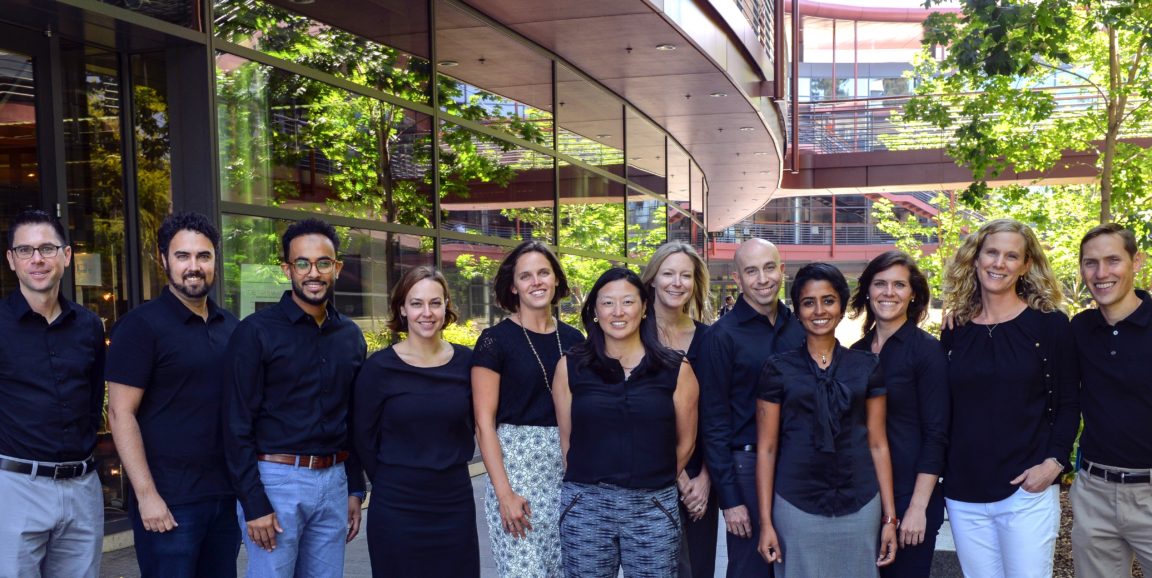Each year, the engineers, physicians, and business specialists selected to be Stanford Biodesign Innovation Fellows arrive on campus without knowing a closely guarded secret: the clinical specialty they will focus on. But now, the news is out: this year, that area is vision care.
Each academic year, the Stanford Byers Center for Biodesign partners with a different Stanford Medicine department. According to Innovation Fellowship director Todd Brinton, MD, optometry and ophthalmology were chosen this year because they are practices anchored in technology, with many opportunities for innovative solutions. "Unmet needs in this area range from cost-effective screening for glaucoma and retinal diseases to treatment for chronic conditions of the eye that cause blindness," he said.
Brinton added that several of the most successful technologies that originated at Stanford Biodesign have addressed needs in this space. These include the first drug-free alternative for treating dry eye and a specialized coating that improves the comfort and performance of contact lenses.
Brinton also noted that Jeffrey Goldberg, MD, PhD, chair of ophthalmology, and his department, were enthusiastic about getting involved to educate and coach the fellows. To help the fellows get started, 23 Stanford physicians met with them during their initial month of training to introduce topics including eye exam basics, medical technologies for the eye, glaucoma, retinal disease, ocular oncology, and pediatric ophthalmology.
Many of these physicians will also host teams of fellows as they spend time at the Byers Eye Institute observing the delivery of care, and looking for problems that can potentially be addressed through health technologies. To experience a variety of care settings and patient populations, the fellows will also observe care at the Santa Clara Valley Medical Center, Ravenswood Family Health Center, and several other locations.
Stanford Biodesign's new fellowship class includes seven mechanical, chemical, and biomechanical engineers, and five doctors whose specialties include emergency and internal medicine, cardiology, otolaryngology, and neonatology. For the first time, women fellows outnumber the men. The fellows will work in three multidisciplinary teams; two of which will focus on vision care, and one that will look for needs in the clinical specialties of its two physician team-members.
Over a 10-month period, the fellows learn and apply a need-based process to solve real-world problems in health care. Stay tuned to learn more about the innovations they develop.
Photo by Rod Searcey




